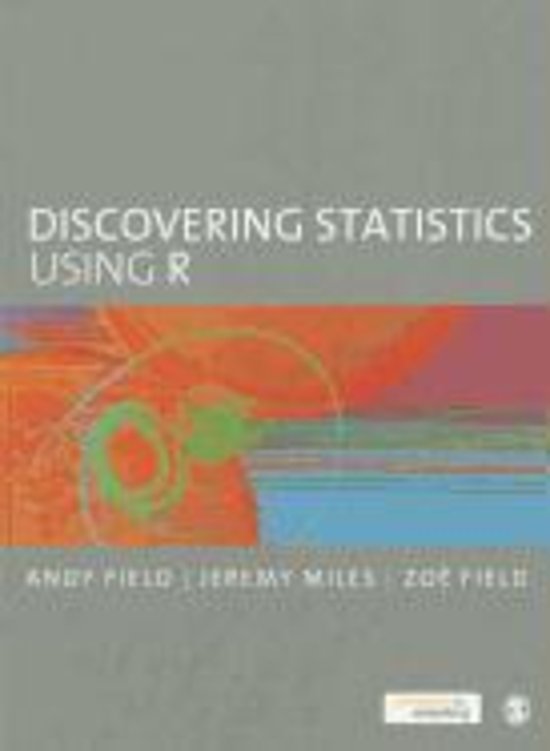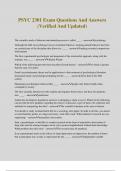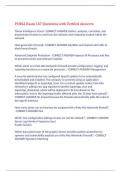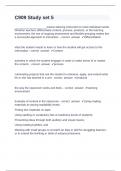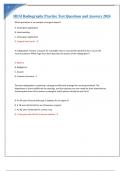Summary
Zusammenfassung/Summary Andy Fields Discovering Statistics Using R
- Course
- Institution
- Book
Includes summaries of chapters: Chapter 4: Exploring data with graphs Chapter 6: Correlations Chapter 7: Simple/Multiple Regressions Chapter 8: Logistic regression Chapter 9: Comparing two means Chapter 10: Comparing several means ANOVA Chapter 11: Analysis of Covariance ANCOVA Chapter 12: ...
[Show more]

